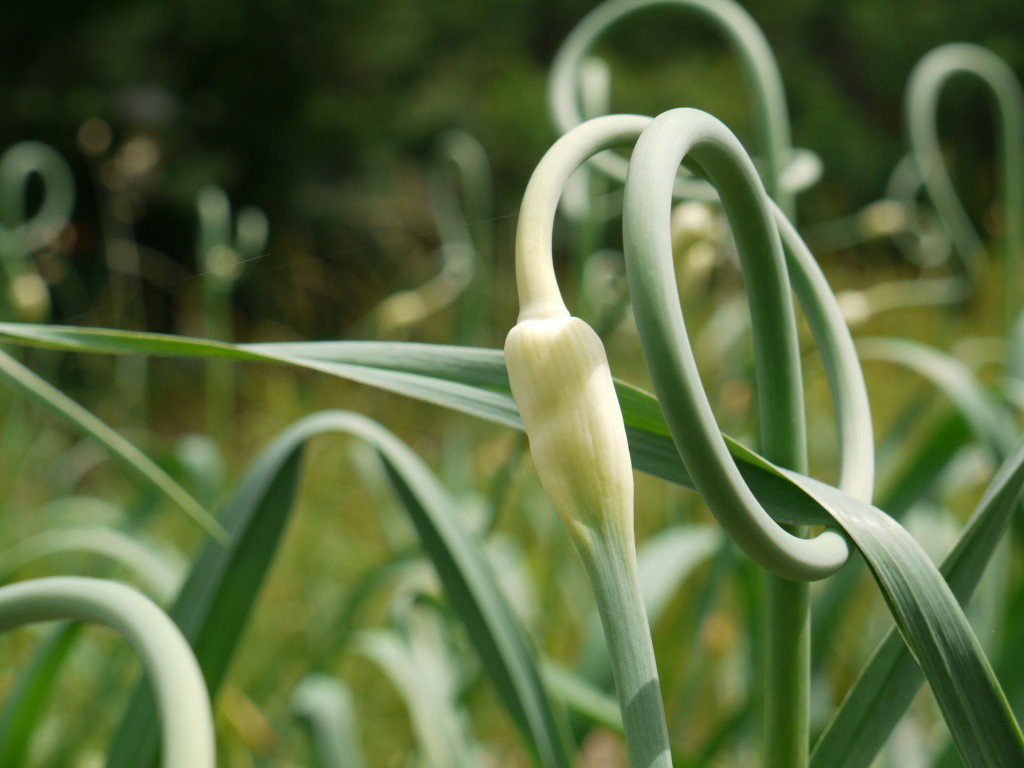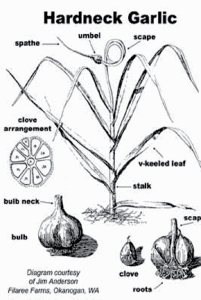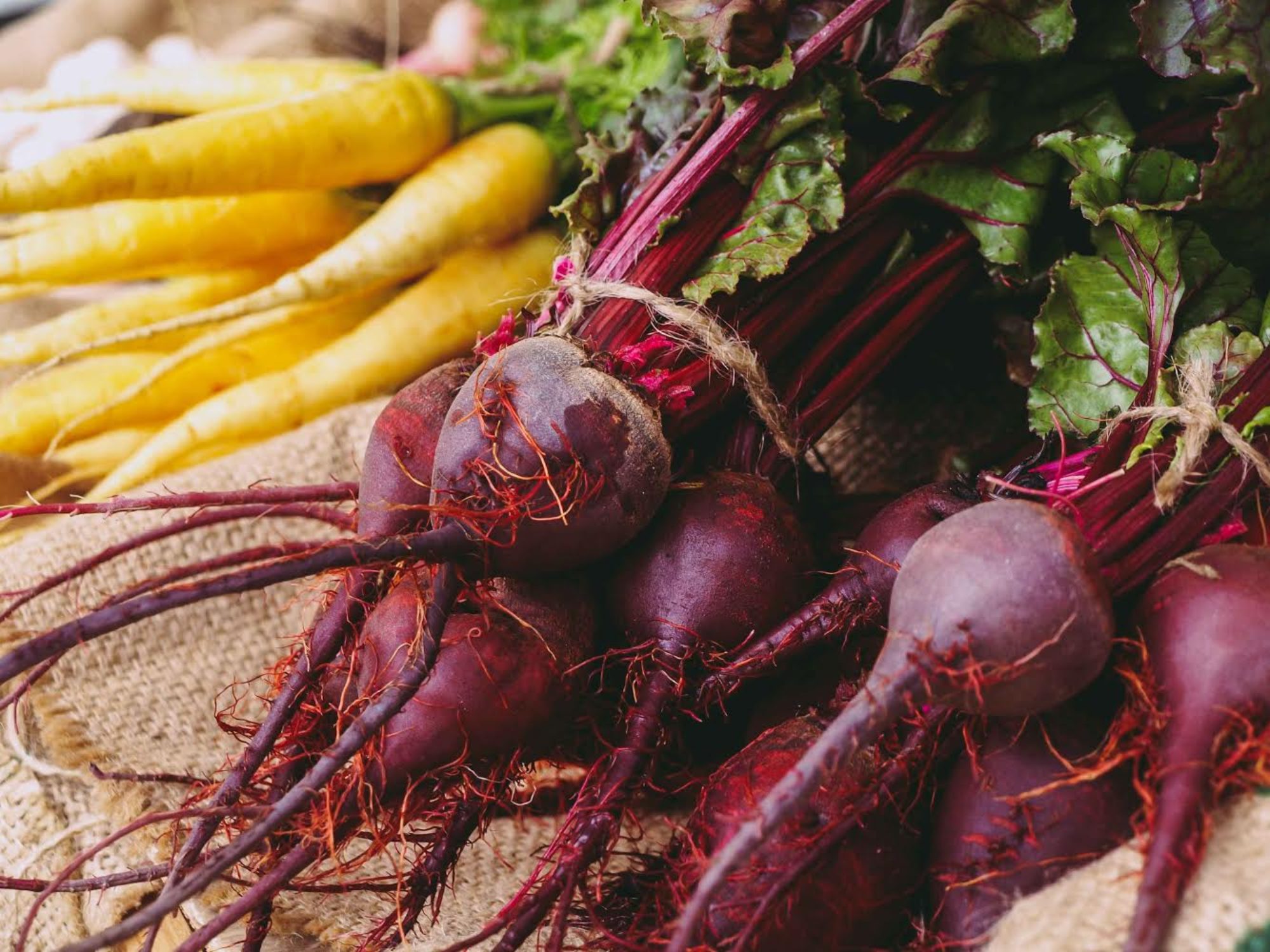At GP, we are not professional chefs. We’re gardeners through and through. That being said, being a gardener naturally lends itself to improving your skills in the kitchen. It happens out of necessity more than anything; the onslaught of fresh produce can be overwhelming at this time of the year if you don’t have a few recipes up your sleeves to help you make use of it all in short order.
In general, some crops are easier to manage than others, namely, those which have become familiar stars in American fare, like potatoes, tomatoes and peppers. We’re sure you can think of plenty of recipes you already make that feature these tasty nightshade family members, but there’s so much more to be grown in the garden!
In our Teaching Garden, we host monthly Garden-to-Table cooking classes to tackle not just seasonal produce, but the unfamiliar crop. You know, the one you probably wouldn’t grow in your garden because you’re just not sure what you’d do with it if it happened to produce really well? Yeah, that one. Our goal is for everyone to leave class not only having tried a new dish, but feeling excited to include that crop in next year’s garden plan.
Enter garlic scapes.

If in looking at this picture you’re still not really sure what you’re looking at or which green bit is the actual scape, you’re not alone. You won’t find these tasty delicacies in the supermarket, or even at your average farmer’s market, so many of our gardeners and volunteers have never heard of them, let alone seen and tasted them.
 A scape is the flower stalk of the maturing garlic bulb. It begins as a straight stem, bends into a marked curlicue in early July, and then, as it prepares to open, straightens out again. In its early stages, the scape is most tender and ideal for harvest. Once the stem straightens out the second time, it becomes tougher, woody, and less desirable. The full harvest season lasts only a few weeks, so keep an eye on them or you’ll miss it!
A scape is the flower stalk of the maturing garlic bulb. It begins as a straight stem, bends into a marked curlicue in early July, and then, as it prepares to open, straightens out again. In its early stages, the scape is most tender and ideal for harvest. Once the stem straightens out the second time, it becomes tougher, woody, and less desirable. The full harvest season lasts only a few weeks, so keep an eye on them or you’ll miss it!
So what can you do with garlic scapes? To start, they can be used as a substitute for garlic cloves in any recipe. Keep in mind, their flavor is milder than the bulb, so you’ll want to use a bit more to maintain that garlicky kick. They’re also great dressed simply, sauteed in olive oil, salt and pepper, added to an omelet, or included in a stir-fry.
If you find yourself growing a lot of garlic and you have a dozen or so scapes on hand, we strongly recommend you try our version of garlic scape pesto, the star of our most recent Garden-to-Table cooking classes. The preparation is very simple and, because it only uses a few measuring spoons/cups, the clean up is, too. Like garlic itself, this pesto is endlessly versatile. We like it as is with good quality bread, but it adds great flavor to cooked dishes like pasta, chicken or pizza.
Garlic Scape Pesto
10-12 garlic scapes, chopped
1/3 cup sunflower seeds (can be raw or roasted, but always unsalted)
1/3 cup finely grated Parmigiano-Reggiano cheese (or your favorite aged cheese, like Parmesan or Asiago)
1/4 tsp. salt
1/4 tsp. pepper
1/3 cup olive oil
In a food processor, puree the garlic scapes, sunflower seeds, cheese, salt and pepper until very finely chopped. With the motor running, slowly add the oil. Taste and season with additional salt and pepper as needed. (Note: Homemade pesto keeps in the fridge, covered, for up to 1 week or frozen for up to a month.)
